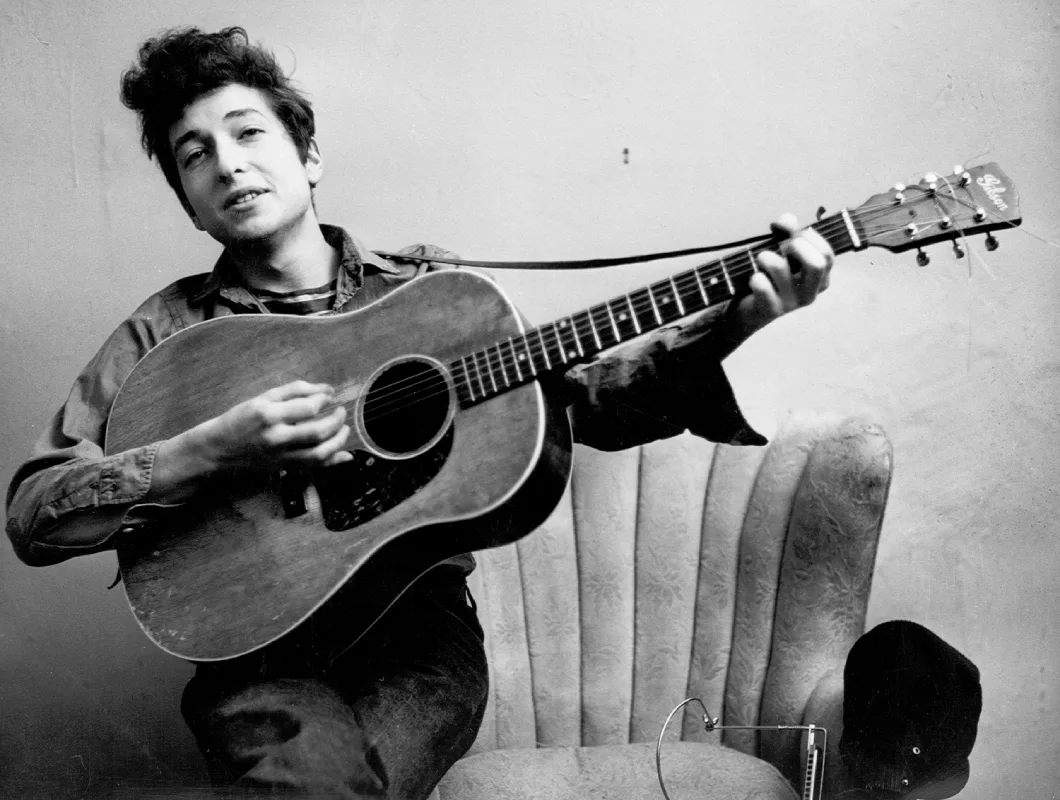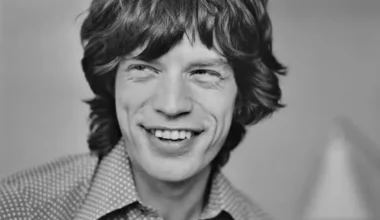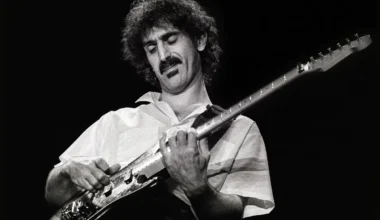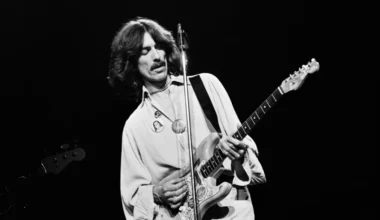Very few musicians are regarded as having songwriting prowess comparable to Bob Dylan. The brash teenage fan of rock ‘n’ roll from Hibbing, Minnesota, experienced a significant metamorphosis in his late teens when he developed an intense fascination with American folklore. Reputable luminaries such as Woody Guthrie and Odetta played a major role in his education, and before long, his expertise covered the entire history of recorded music.
Bob Dylan relocated to New York in his early 20s in order to become involved in the vibrant folk scene there and to visit Guthrie in the hospital, where the latter was sadly afflicted with Huntington’s disease. When the young artist started making his way around smoky coffee shop venues, wowing fans with his early renditions of songs and attempts at songwriting, his unique vocal style and inherent charm enabled him to build a significant local following.
Before turning twenty-one, Dylan recorded and released his self-titled debut album. Nothing could have prepared fans for the unparalleled wonders of 1963‘s acoustic-era masterpiece, The Freewheelin’ Bob Dylan. However, a smattering of covers and his structurally borrowed ode “Song to Woody” promised excellence heading into a sophomore attempt.
The album showcased the immense scope of Dylan’s folk knowledge. Noteworthy tracks such as ‘Blowin’ in the Wind’, ‘Don’t Think Twice, It’s All Right’, ‘Masters of War’, and ‘A Hard Rain’s a-Gonna Fall’ possess a timeless appeal, particularly remarkable given Dylan’s age of 22 when the album debuted.
At this point, Bob Dylan was just starting his career, with his most widely admired work still to come. Dylan’s interest in Beat Generation literature influenced his lyrics’ abstract evolution by the mid-1960s. Before albums like Bringing It All Back Home and Highway 61 Revisited, which came out at the same time as an electric folk-rock divergence, he formed a close friendship with poet Allen Ginsberg, which appeared to broaden his perspective.
This early adoption of an electric rock sound was, for many fans, the pinnacle of Dylan’s extensive discography. Dylan appears to share this viewpoint. By considering the three albums released in 1965 and 1966 to be the most emblematic of his ideal sound.
Dylan spoke with Playboy about leaving the acoustic folk genre in a previous interview. “You know, strumming ‘Blowin’ in the Wind’ for three hours every night. I couldn’t go on being the lone folkie out there,” he said. My songs seem to be a part of the overall soundtrack.
The Nobel laureate explained how songs start as rough acoustic demos in his brain. He always hears other instruments and how they should sound. Then he said that the song Blonde on Blonde from 1966 was the closest he had ever heard to the sound he could no longer stand. He went on, “On individual bands in the Blonde on Blonde album, I ever got the closest to the sound I hear in my mind.” “That wild, thin sound of mercury.” It’s bright gold and metallic, whatever that means. That’s the sound I like best.
Additionally, Dylan mentioned that he discovered the “wild mercury” sound on the two albums that came before Blonde on Blonde. He admitted, “I haven’t been able to succeed in getting it all the time.” “I’ve been driving mostly with a combination of guitar, harmonica, and organ. But I’m starting to venture into more percussion-heavy territory now.
Even though Dylan may have attempted to reach the same heights, his attempts don’t always succeed. This could be because the band he puts together may not produce the appropriate aural atmosphere, or the lyrics may not fit a certain sound. Dylan ended by lamenting how difficult it is for him to reassemble the same bands for every album. He said, “You know, people change, they scatter in all directions.” People’s lives become more complex. They often have more distractions, which makes it difficult for them to concentrate on that one, specific goal.








